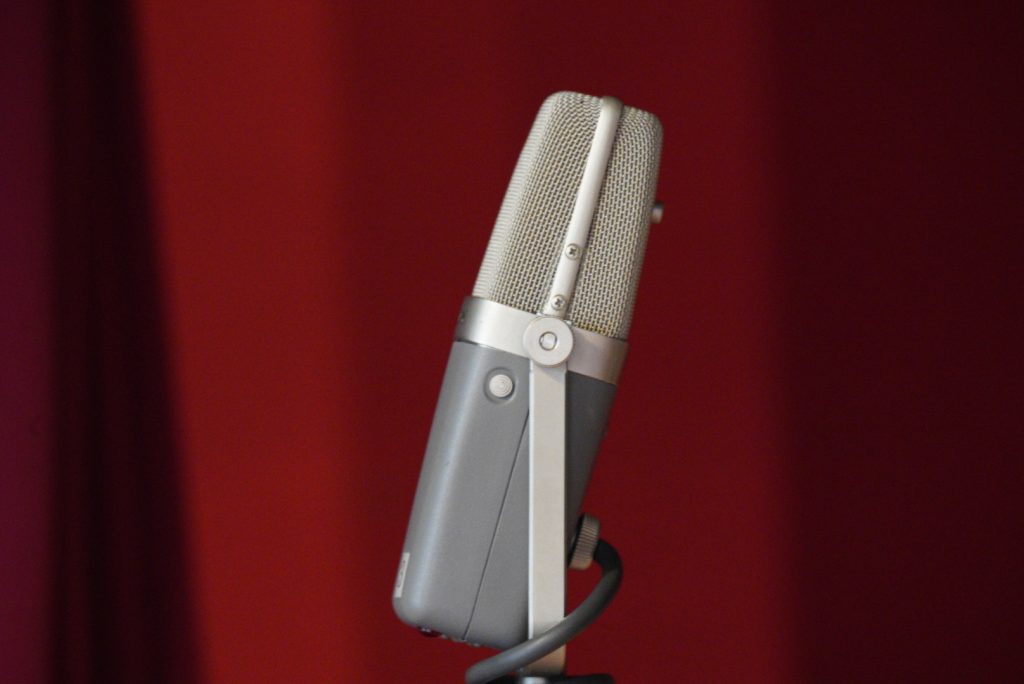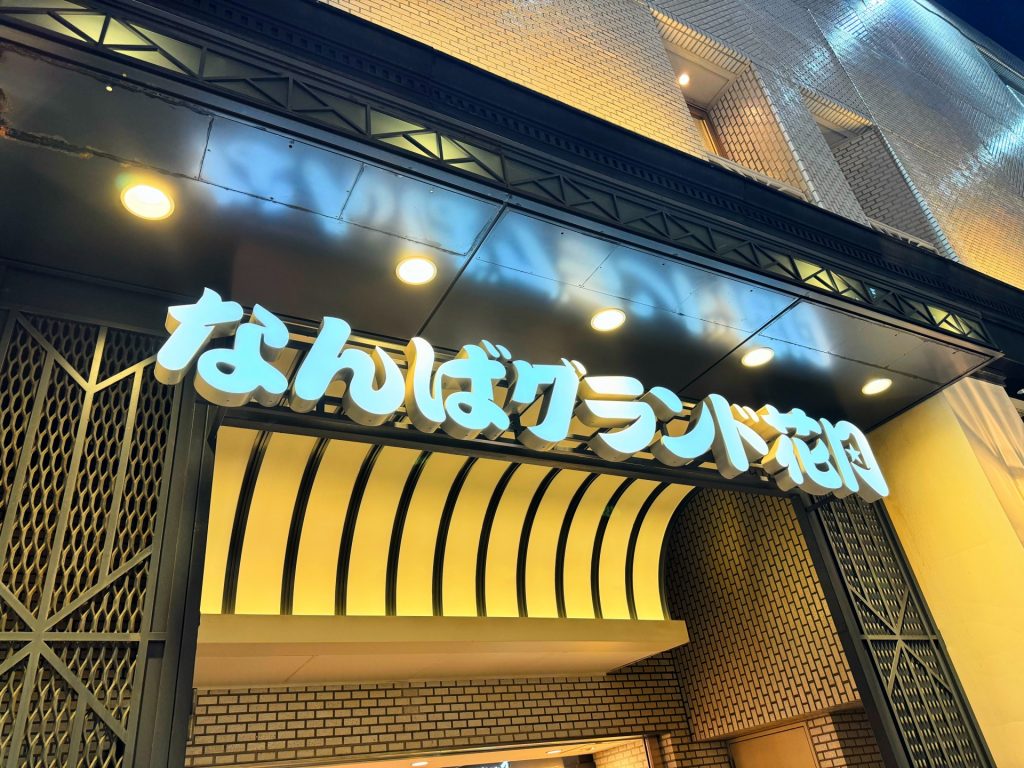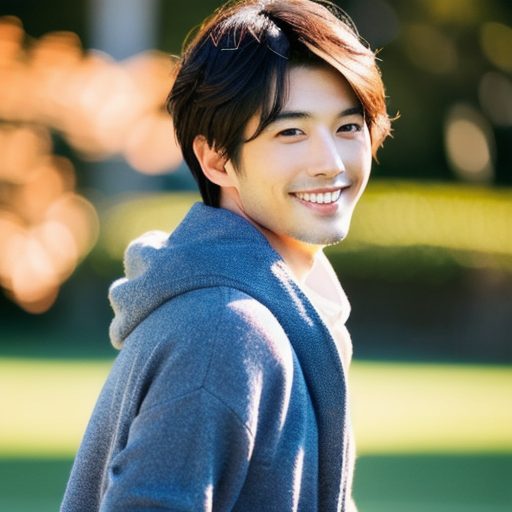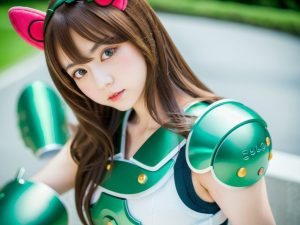Manzai is one of Japan’s most iconic comedic art forms, enjoyed by many for its unique style of humor delivered through clever dialogue. While fans of comedy may be well-acquainted with it, even those who are not deeply familiar with the genre have likely encountered manzai on television or at live performances.
However, fewer people know about the fascinating history behind manzai or the distinctive structure that makes it so captivating. In this article, we will dive deeper into the fascinating world of manzai, explore its history and unique characteristics, and discuss why it remains an enduring favorite in Japanese culture.
What Is Manzai? Understanding the Basics

Manzai is a traditional Japanese art form performed by two people who exchange humorous dialogues to entertain audiences. The current term “manzai” became widely recognized during the Taisho era (1912–1926) as Japan’s comedy culture blossomed, particularly in Osaka.
Want to Know the Difference Between Manzai and Konto?
Manzai often draws comparisons to “Konto” (skit) because they both aim to evoke laughter, but there are clear distinctions between the two:
- Manzai: Characterized by verbal humor, where most of the comedy arises from witty dialogue exchanged on stage.
- Konto: Relies on performers taking on specific roles within a fictional scenario to generate laughter.
Interestingly, modern manzai has increasingly introduced skit elements, offering audiences new ways to enjoy the art form.
The History of Manzai: Its Origins and Evolution
The Origin of Manzai
The roots of manzai can be traced back to the Edo period, with influences from the performance art known as “banzai.” Banzai featured two performers who traveled from house to house during the New Year, exchanging celebratory words in the form of dialogue. Over time, banzai evolved, incorporating elements of street performance and humor, culminating in the modern manzai style during the Taisho era.
Postwar Era to Modern Manzai: The Boom and Iconic Duos
As entertainment rapidly developed after World War II, manzai gained popularity through radio and television, eventually leading to the “Manzai Boom” in the 1980s. This boom introduced legendary comedic duos whose influence is still felt in the industry today.
Manzai’s Endearing Features: Why It Resonates with Audiences
Manzai isn’t merely about laughter; it often explores relatable themes such as human relationships and everyday life’s small inconsistencies. This relatability creates a sense of empathy and familiarity among audiences, which is why manzai is so universally loved.
Classic Patterns That Make Manzai So Relatable
- Quick-Witted Exchanges Between the Boke and Tsukkomi: Fast-paced banter between the “funny” one (boke) and the “straight” one (tsukkomi).
- Unexpected Punchlines: Surprising twists in dialogue keep audiences laughing.
- Improvised on-stage Momentum: Performers adeptly play off the crowd’s energy and each other.
These unique elements capture the essence of why manzai is such an enduring part of Japanese comedy culture.
Try It Live! Popular Theaters to Experience Manzai

The best way to immerse yourself in manzai is by experiencing it live. Here are some must-visit theaters where professional manzai comedians bring laughs to life:
Namba Grand Kagetsu
Namba Grand Kagetsu is the heart of Osaka’s comedy scene and the headquarters of Yoshimoto Kogyo. This theater offers a mix of manzai, rakugo (Japanese storytelling), and Shin-Kigeki (comedy theater). With performances held daily, it’s a great place for first-time visitors or tourists to enjoy Japanese humor. The venue caters to diverse audiences with simple yet effective expressions for easy accessibility.
Lumine the Yoshimoto
Located in the bustling Shinjuku area, Lumine the Yoshimoto is Tokyo’s premier comedy theater. Hosting nationally famous comedians and manzai duos, this theater is an excellent introduction to the art form. With its convenient location inside a shopping complex, visitors have the bonus of enjoying nearby dining and shopping options before or after the show.
Yoshimoto Manzai Theater
Serving as a launchpad for young comedians, Yoshimoto Manzai Theater showcases rising stars of the manzai world. Performances here are energetic and affordable, offering audiences a chance to experience Osaka’s local humor firsthand. A visit to this theater provides a refreshing contrast to the polished sets of veteran performers.
The Challenge of Manzai Abroad: Hard to Convey, Yet Incredibly Entertaining
The uniquely Japanese comedic art form of manzai has been making strides overseas, garnering attention for its structure, which relies on the interplay between “boke” (funny man) and “tsukkomi” (straight man), as well as its rhythm. However, to be honest, its reception in foreign countries has not always been smooth. Even so, Japanese performers continue to tackle this challenge head-on, delivering laughs even to audiences that might not fully understand it. This article explores why manzai can be fun despite barriers, highlighting its charm, challenges, and new possibilities.
Why Manzai Can Be Funny Abroad, and Its Limitations
Manzai’s ability to garner positive responses overseas lies in its straightforward structure of “boke” and “tsukkomi.” Particularly, the visual humor expressed through actions and facial expressions is not language-dependent, allowing non-Japanese-speaking audiences to enjoy it to some extent.
However, significant hurdles still exist due to differences in comedic contexts and cultural backgrounds. Specifically, jokes centered on Japanese culture and wordplay, which are staple elements of manzai, can sometimes get lost with international audiences.
For example:
- Wordplay and puns: These often fail to resonate with audiences unfamiliar with the Japanese language.
- Everyday-life references: Jokes based on Japan’s unique customs or societal habits can fail to connect, leading to moments where foreign viewers are left confused.
- Timing and delivery: Even slight differences in timing or intonation can make the humor feel flat when compared to how it works in the original Japanese.
These elements often make people feel that the comedic effect of manzai doesn’t quite hit as hard as it does for Japanese-speaking audiences.
Turning Miscommunication into Creative Artistic Expression
Even though the reaction from foreign audiences can sometimes be lukewarm, this very challenge gives performers the opportunity to highlight the artistic and creative side of manzai. Japanese performers have been striving to make their performance more accessible while retaining the core of manzai, which includes its rhythm, timing, and distinct interplay between two people.
Even if the tsukkomi’s sharp remarks aren’t fully understood, comedians use exaggerated facial expressions, gestures, and physical humor to bring laughter. This ability to adapt helps manzai grow into an “internationally enjoyable comedy form” that is slowly but surely building its presence abroad.
Manzai: A Cultural Experience Full of Laughs and Insight
Manzai isn’t just about comedy; it’s an art form with deep cultural roots and the power to connect people through laughter. Whether you’re watching traditional manzai or modern skit-infused performances, you’re bound to enjoy its charm, wit, and artistry.
Next time you catch a manzai performance, take a moment to appreciate the history and creativity that go into making this beloved comedic tradition so special!















